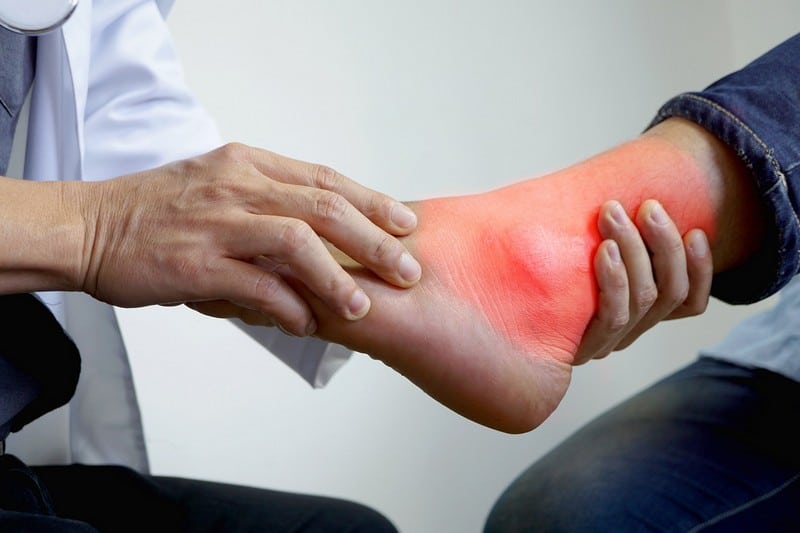The nervous system is composed of intricate webs from the toes and fingers to the brain. Numbness often results from the irritation or injury of a nerve or group of nerves that affect the sensation in the foot. Aside from numbness, other patients report a tingling feeling and itching on their feet. This can be highly unpleasant and affect daily activities and disrupt sleeping schedules.
On the other hand, numb feet can be transient due to sitting for a long time or a consequence of a more long-term illness like diabetes. Foot numbness may also result from damage or compression of peripheral nerves outside the spinal column. Neurological diseases such as multiple sclerosis can damage the nerves and cause numbness in the lower extremity. Muscle weakness and an increased risk of neuropathy may be caused by conditions such as hypothyroidism and vitamin or mineral deficits.
Additionally, the condition may worsen with time if left untreated. Immediate medical attention is required if it is accompanied by other symptoms such as fatigue, difficulty breathing, chest pain, and nausea. If you’re experiencing numbness in your foot, see a doctor to address the root cause and reduce the symptom.
Tarsal Tunnel Syndrome

The tarsal tunnel is a narrow passage made up of the tarsal bones and a band of ligaments that run from the ankle to the foot. Compression of the posterior tibial nerve causes the painful condition known as tarsal tunnel syndrome. When the posterior tibial nerve is pinched, it may lead to discomfort in the foot, including numbness and tingling. All points along the nerve’s path, from the inside of the ankle to the foot, may experience symptoms due to this compression.
The manifestations of this condition are widely different for each person. Symptoms can worsen over time for some people while appearing suddenly for others. Pain along the length of the tibial nerve is typical, but it may also manifest in other places, such as the sole or the ankle. It may seem like sensations of pins and needles, electric shock, or burning pain. Physical activities, such as exercise, might exacerbate the pain and other symptoms.
To provide the best therapy, neurologists first assess the severity of the problem. Tarsal tunnel syndrome is treated with painkillers, corticosteroid injections, cold compress, stretching, physical therapy, and custom shoe orthotics to reduce swelling and pressure. Other symptoms can be alleviated using braces, splints, and other orthotic devices.










